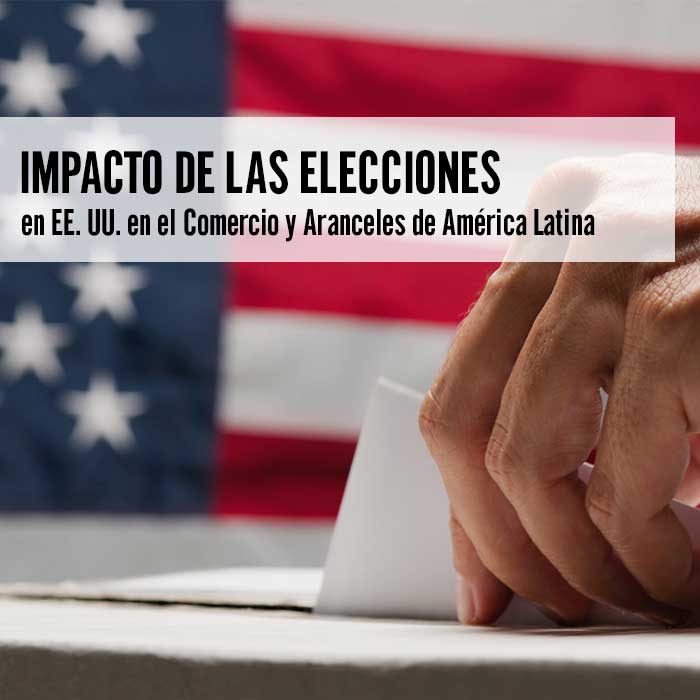
Impact of the U.S. Elections on Trade and Tariffs in Latin America
Latin America is closely watching the U.S. presidential elections on November 5, 2024, as the trade and economic policies of the next administration could have significant repercussions in the region. The candidates, current Vice President Kamala Harris and former President Donald Trump, offer different approaches to trade, tariffs, and monetary policy, raising expectations and potential diverse effects for Latin American countries.
Trade and Tariffs
One of the main areas of interest is trade between the United States and Latin America, particularly regarding tariff policies. During Trump’s administration, tariff measures were implemented that caused global trade fluctuations, affecting countries like Mexico, whose manufacturing and export sectors are closely tied to the U.S. market. If these policies continue, Mexico’s markets may experience greater volatility, especially concerning the rules of origin under the United States-Mexico-Canada Agreement (USMCA).
You might also be interested in reading: “Cooperation Between the United States and El Salvador: Advances in Security and Trade“
In contrast, Harris has indicated that she would maintain tariffs on Chinese products at their current levels, which could offer a more stable trading environment compared to a more aggressive tariff policy. This continuity could benefit emerging markets by reducing uncertainty about drastic changes in trade policies.
Remittances and Central America
Another relevant issue is the potential impact of a proposed 10% tax on remittances, suggested by some members of Trump’s team. Remittances represent a significant portion of the GDP in countries like Honduras, El Salvador, and Mexico, so a tax on these transfers could severely affect these economies. In Mexico, the largest recipient of remittances in Latin America, it is estimated that this tax could reduce remittance income by several billion dollars per year.
Possible Benefits for South America
Some South American countries, such as Brazil and Chile, could experience positive effects in certain sectors under more protectionist trade scenarios. In Brazil’s case, its trade relationship with China, the country’s largest trading partner, could strengthen if tensions between the U.S. and China escalate. In similar situations in the past, such as in 2018, Brazil benefited from the diversion of agricultural exports from the U.S. to China.
Chile, for its part, could be better positioned due to its significance in the export of strategic minerals like copper and lithium, which are less likely to be substituted in the global market.
Financial Implications
Changes in U.S. fiscal and monetary policy could also impact Latin American economies. An increase in U.S. fiscal deficits could lead to higher inflation and interest rates, tightening international financial conditions and affecting emerging markets, including those in Latin America.
On the other hand, a less expansionary fiscal approach could result in lower inflationary pressures and a more favorable environment for financial assets in the region.
Conclusion
The U.S. elections represent a turning point in trade and economic relations with Latin America. The candidates’ differing approaches to key issues such as trade, tariffs, and monetary policy could have varying effects across the region. While some countries may face greater challenges, others could find growth opportunities. The evolution of U.S. policies in the coming years will be crucial in shaping the impact on Latin American economies.
For more information on these topics, visit Paralegal Clases’ social media pages and join our live sessions every Wednesday.
Instagram: @Paralegalclases
Facebook: Instituto Paralegal de las Américas
Youtube: Instituto Paralegal
Tiktok: @Paralegalnews
Tag:AMÉRICA LATINA, ARANCELES, Comercio, EE.UU., Elecciones, USA



